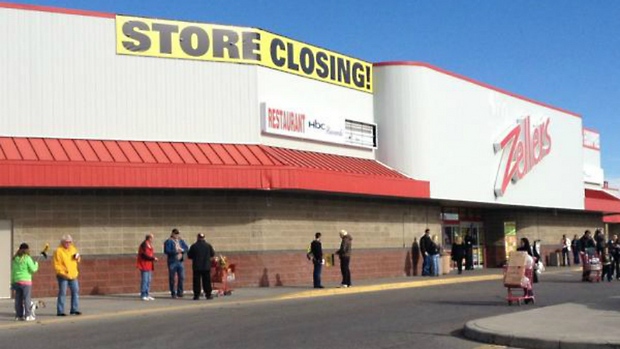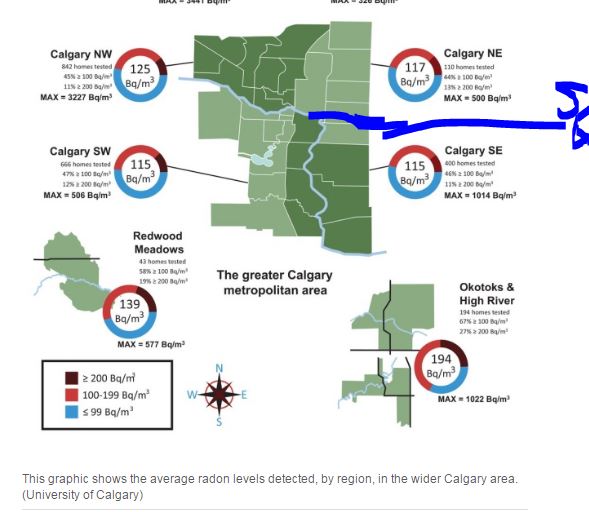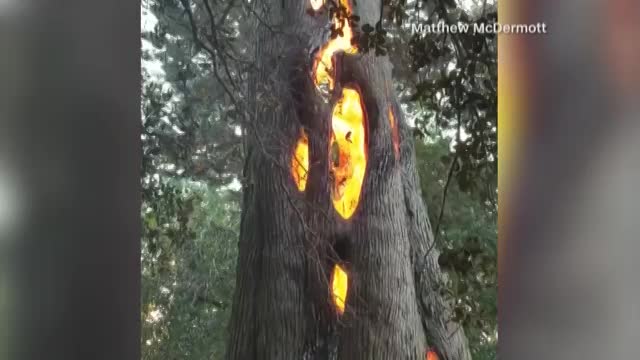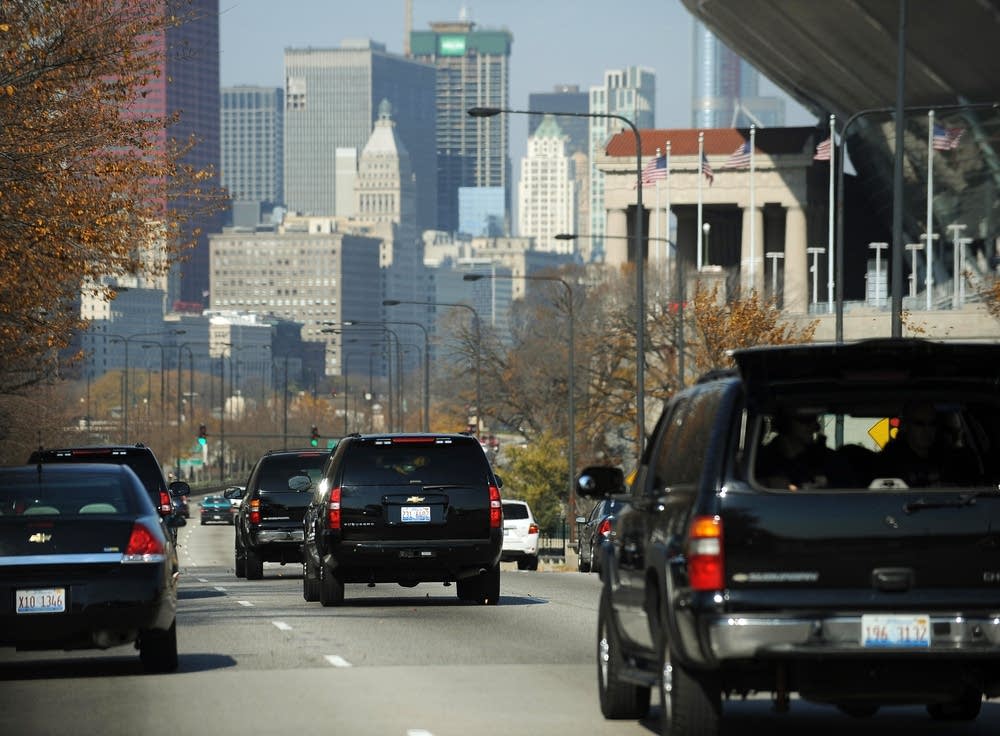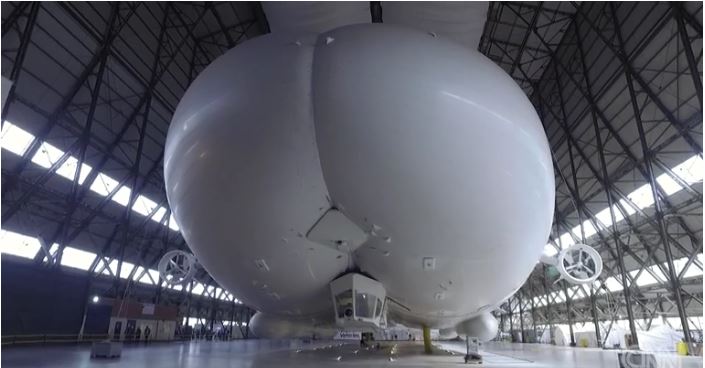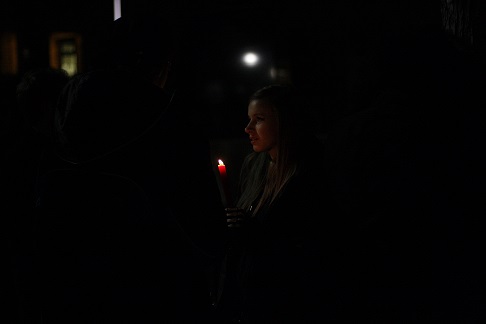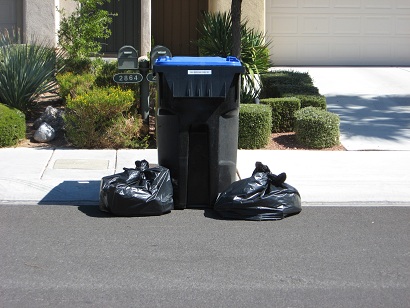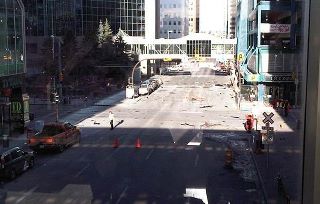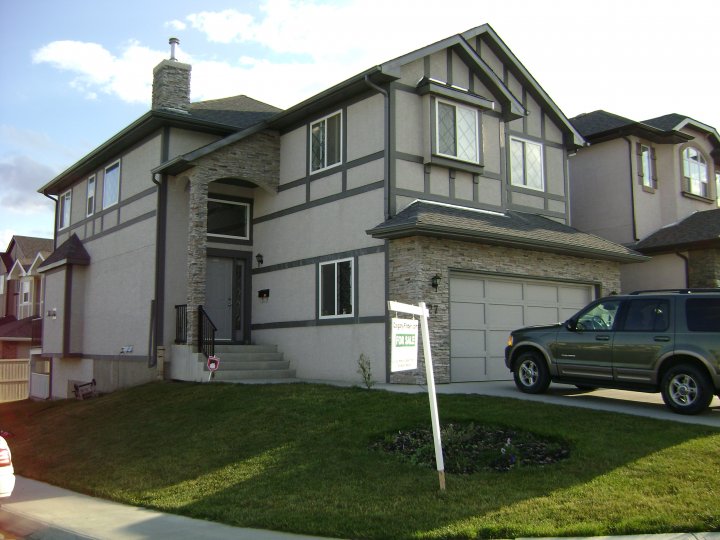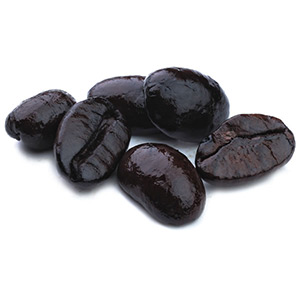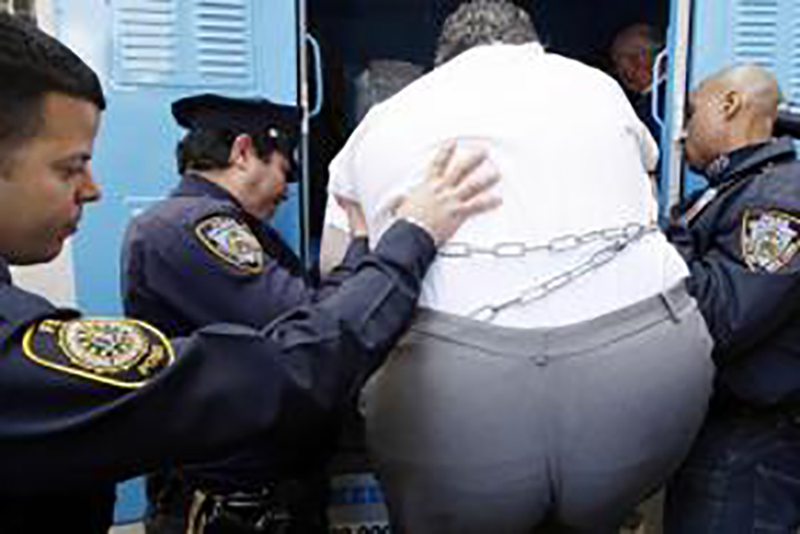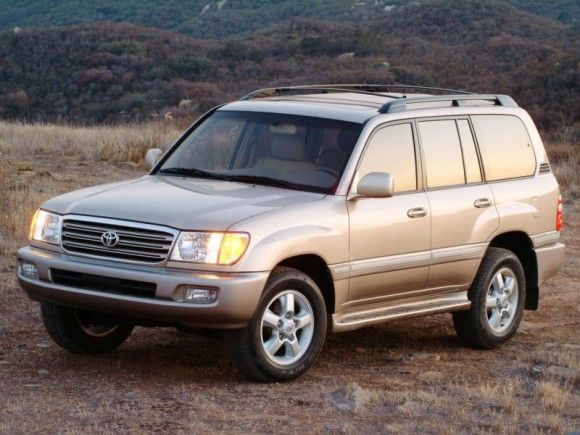 Calgary's Very Own
Calgary's Very Own
Consumer Fairness Desk
Send To Friend
Comments
Share On Facebook
Toronto Becomes First City To Mandate Green Roofs
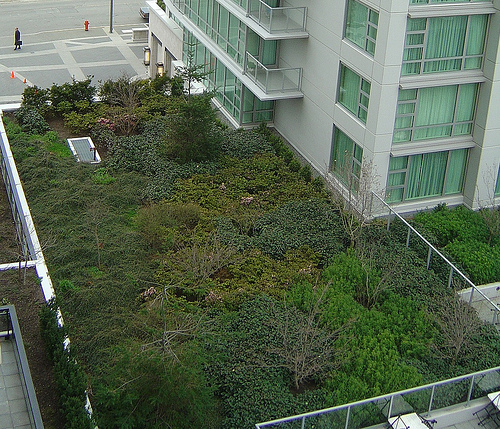
Summer is just around the corner, and for those who live in big cities, that means spring warmth will soon give way to searing heat. Green roofs can help regulate city temperatures, giving people, and the electrical grid, a much needed break.
On April 30th, Toronto will become the first city in North America with a bylaw that requires roofs to be green. And we're not talking about paint. A green roof, also known as a living roof, uses various hardy plants to create a barrier between the sun's rays and the tiles or shingles of the roof. The plants love the sun, and the building (and its inhabitants) enjoy more comfortable indoor temperatures as a result.
Toronto's new legislation will require all residential, commercial and institutional buildings over 2,000 square meters to have between 20 and 60 percent living roofs. While this is the first city-wide mandate involving green roofs, Toronto's decision follow's in the footsteps of other cities, like Chicago and New York.
Under the direction of Mayor Richard Daley the city of Chicago put a 38,800 square foot green roof on a 12 story skyscraper in 2000. Twelve years later, that building now saves $5000 annually on utility bills, and Chicago boasts 7 million square feet of green roof space. New York has followed suit, and since planting a green roof on the Con Edison Learning Centre in Queens, the buildings managers have seen a 34 percent reduction of heat loss in winter, and reduced summer heat gain by 84 percent.
But lower utility bills aren't the only benefit of planting a living roof. In addition to cooling down the city, green roofs create cleaner air, cleaner water, and provide a peaceful oasis for people, birds and insects in an otherwise polluted, concrete and asphalt-covered environment.
Similar Stories
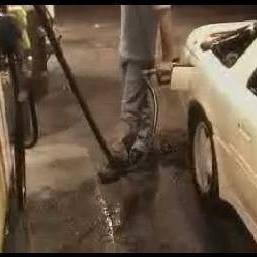
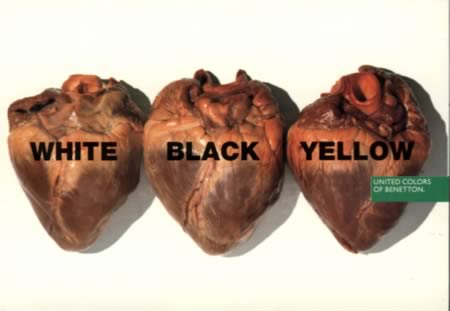


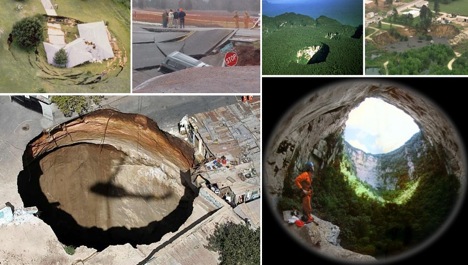

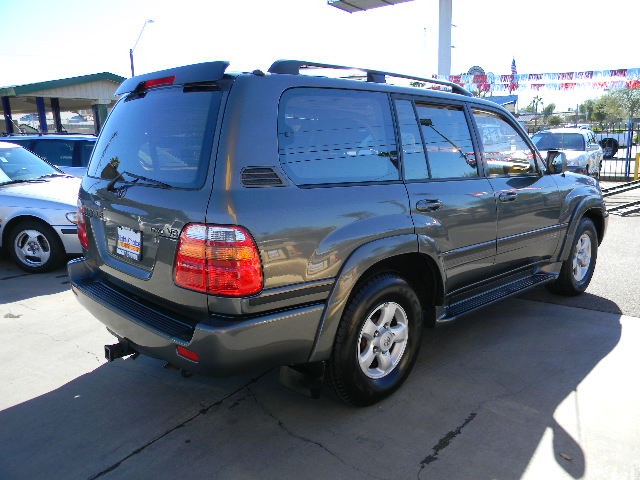




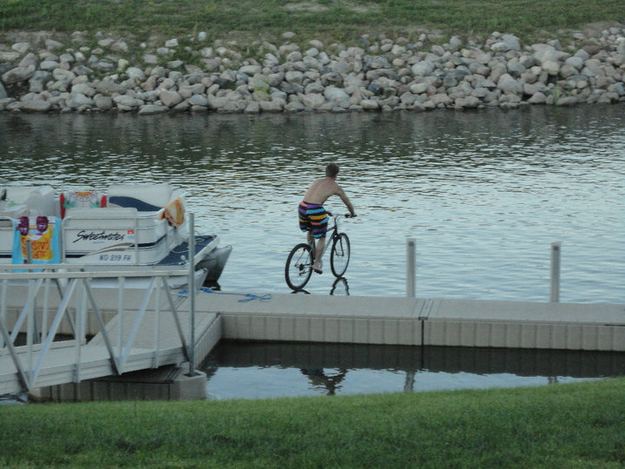
_(720p).jpg)
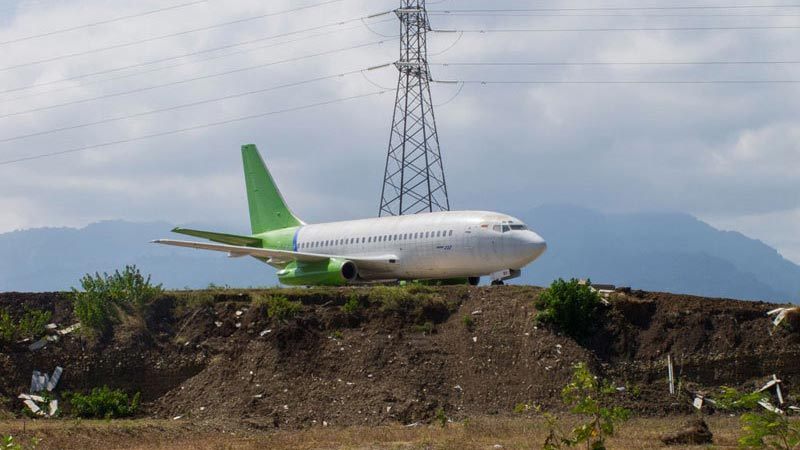

 OFFICIAL HD MUSIC VIDEO.jpg)
.jpg)













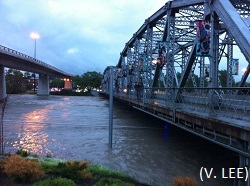


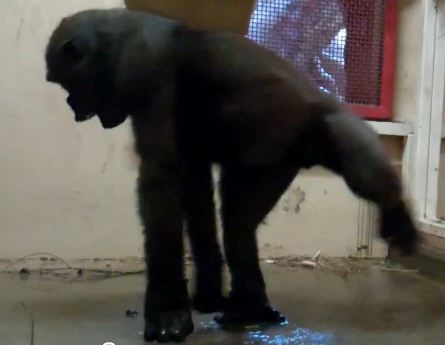




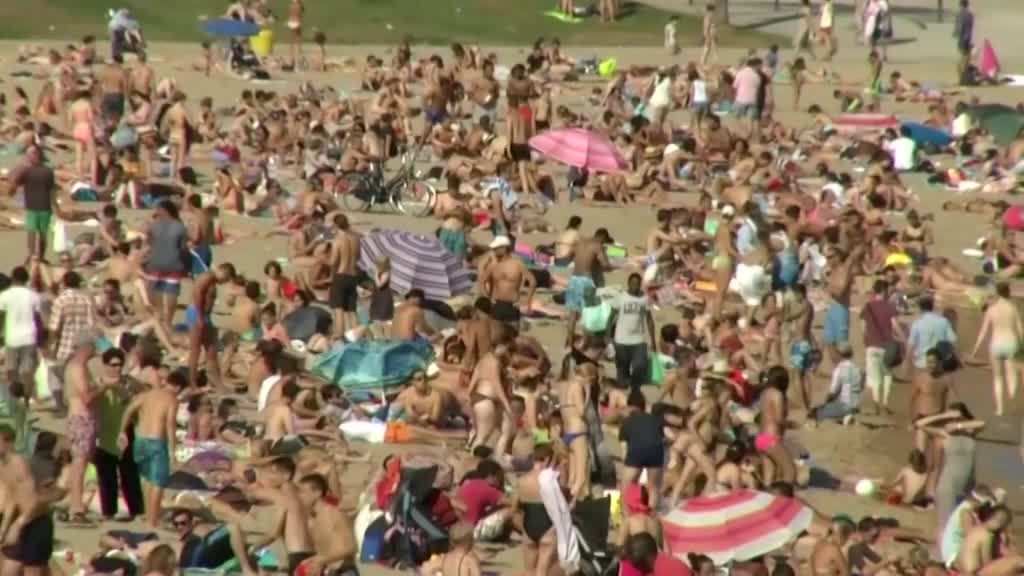



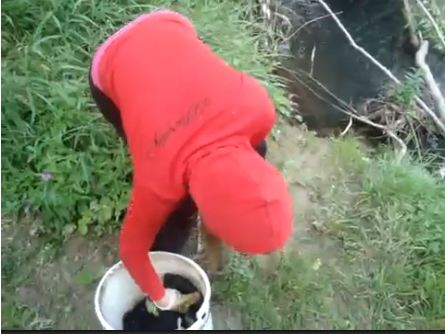






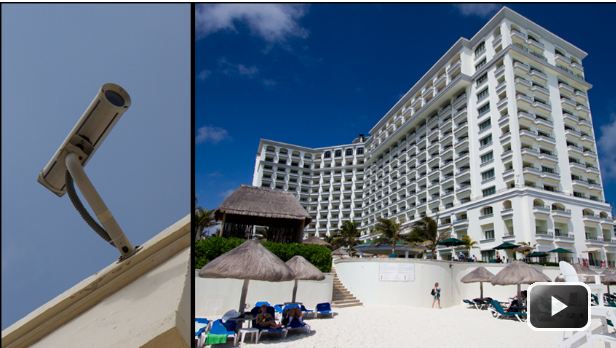




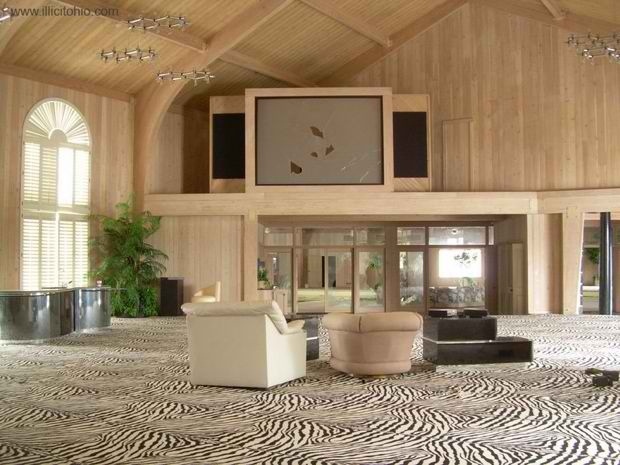




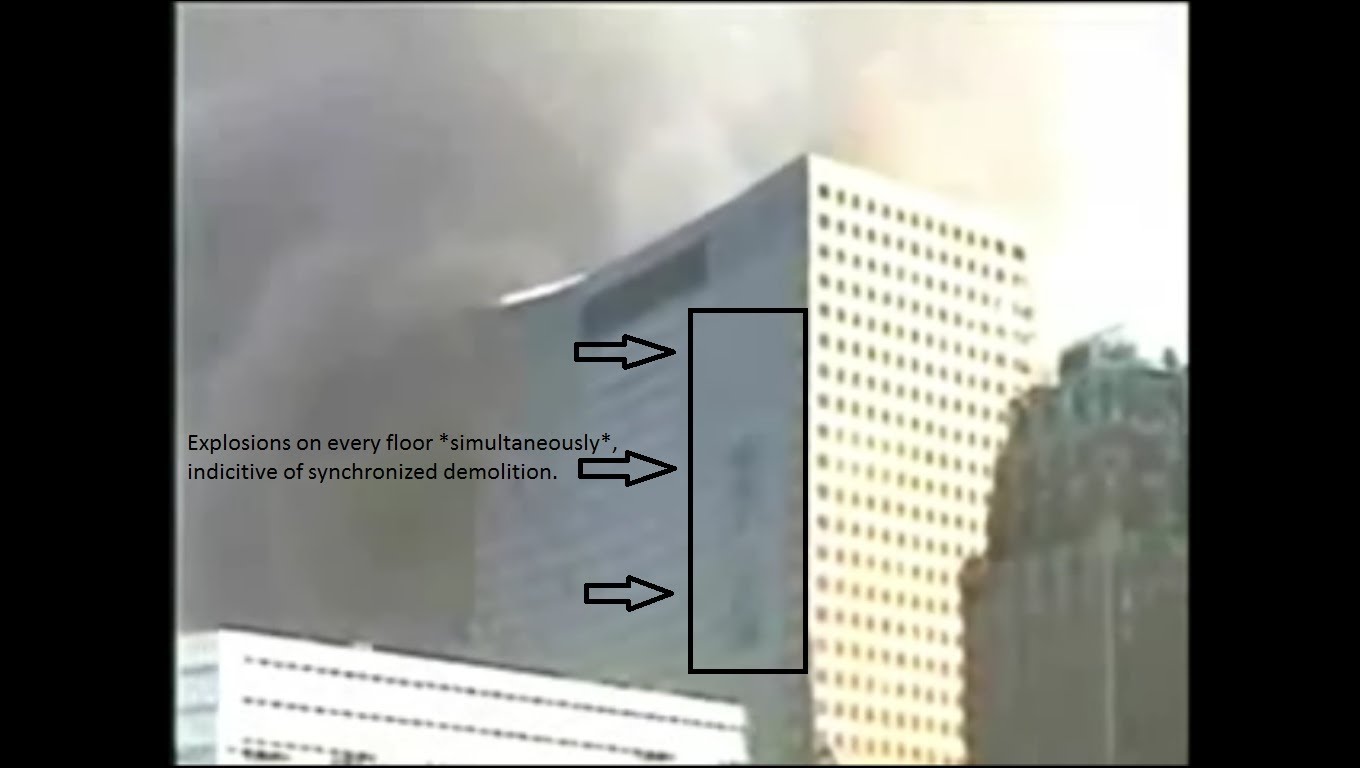













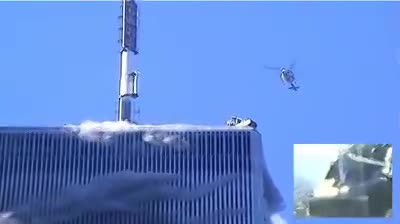




.jpg)

